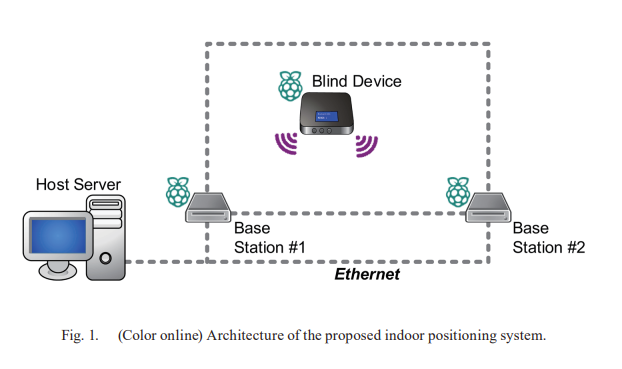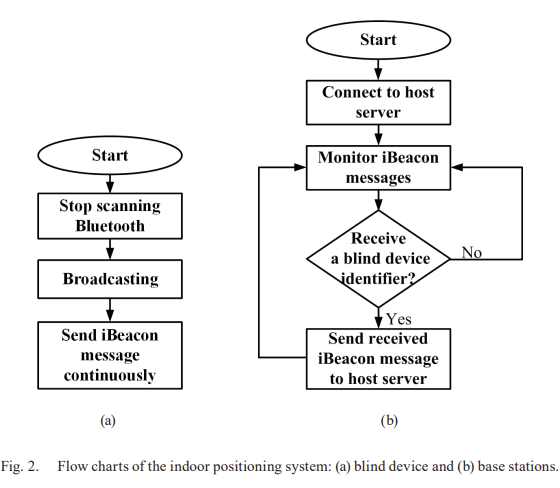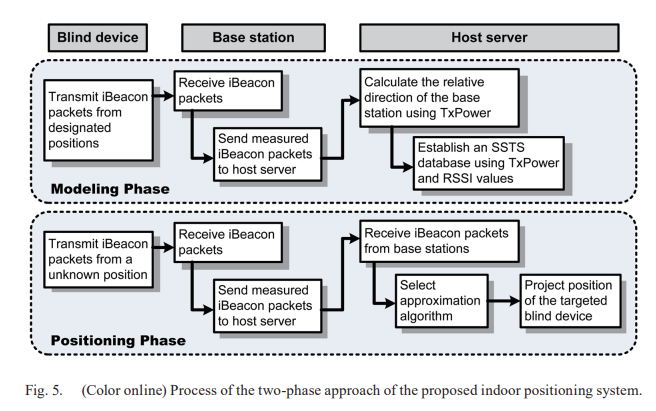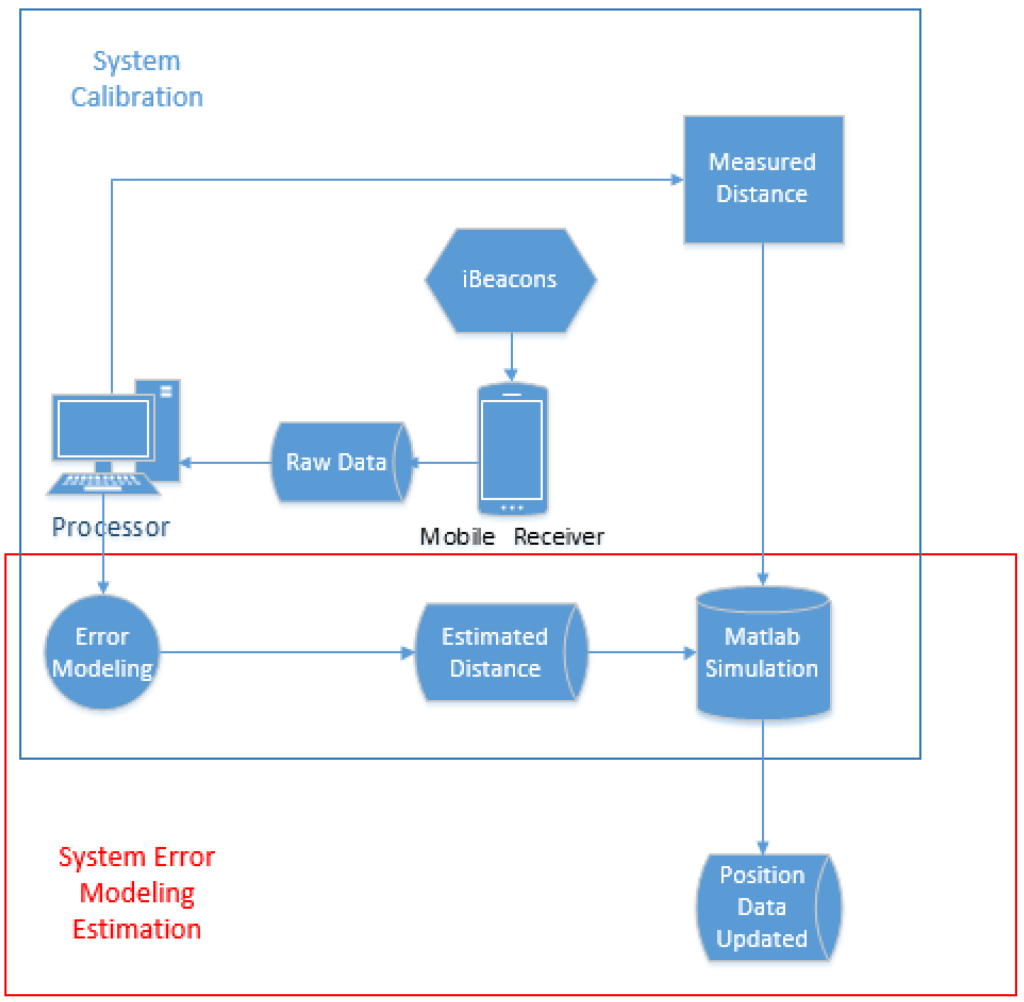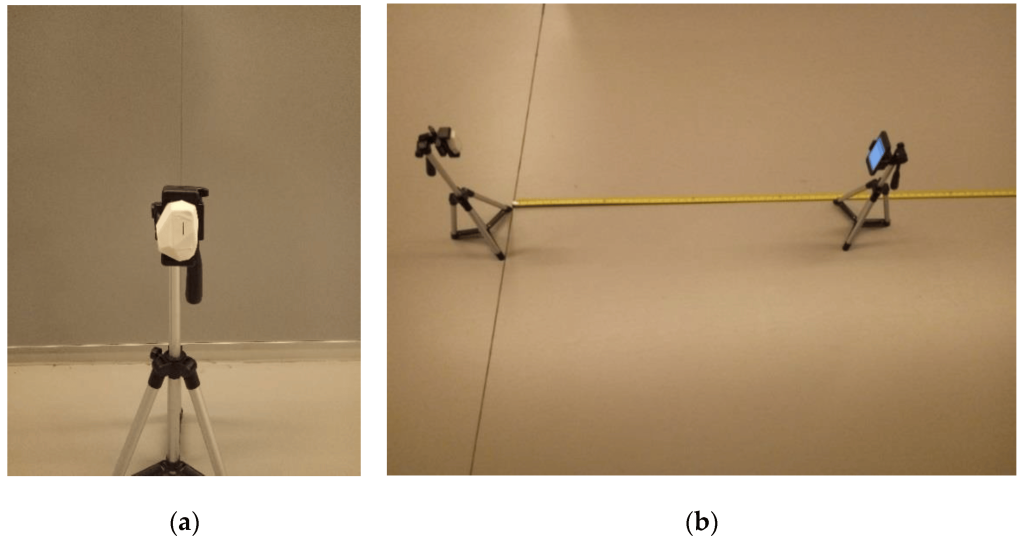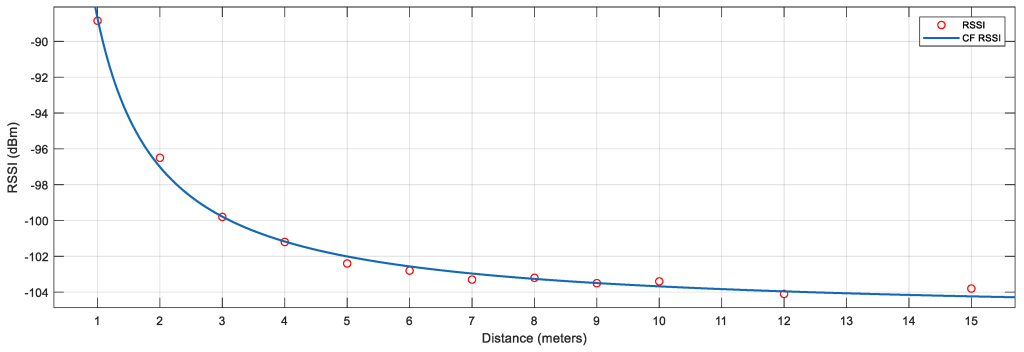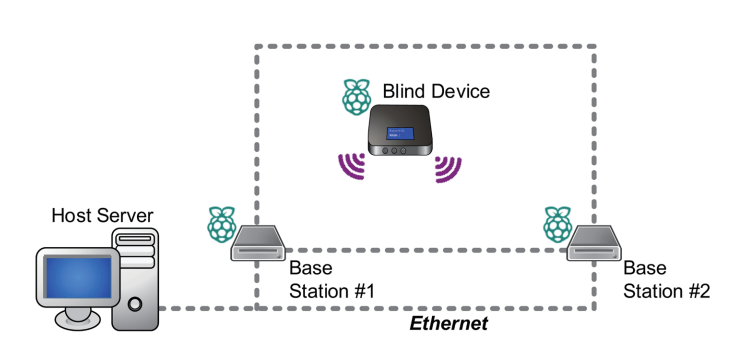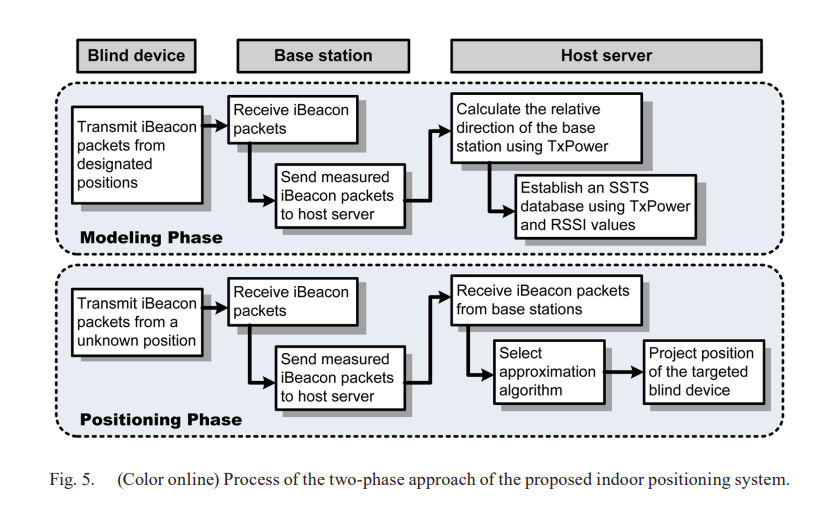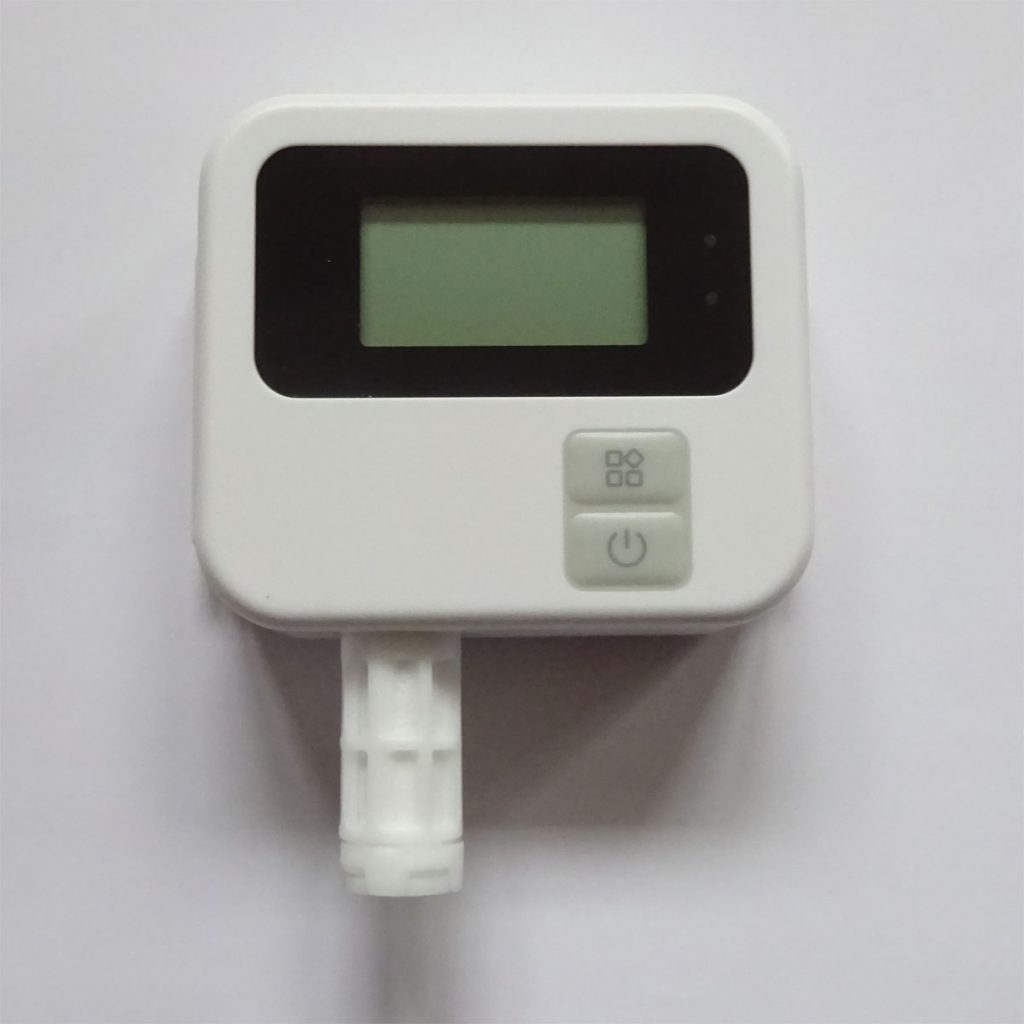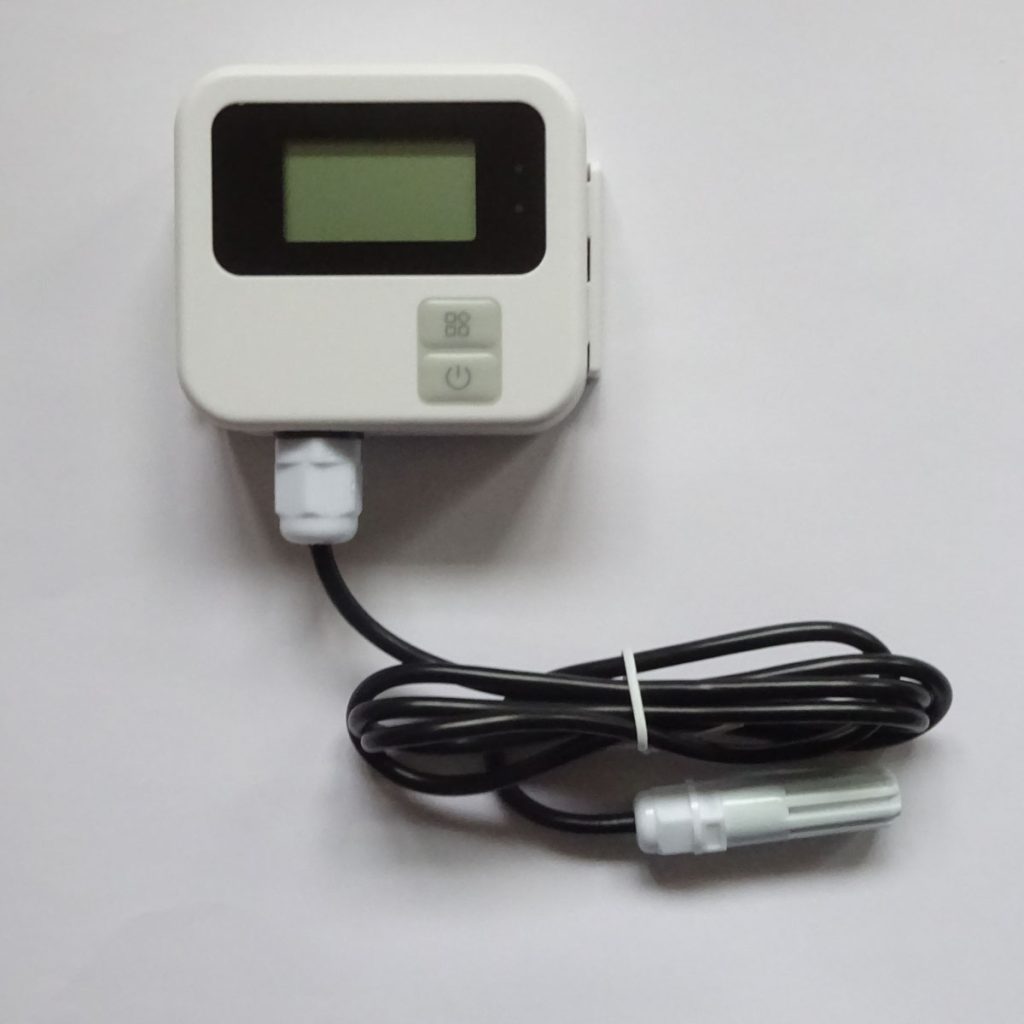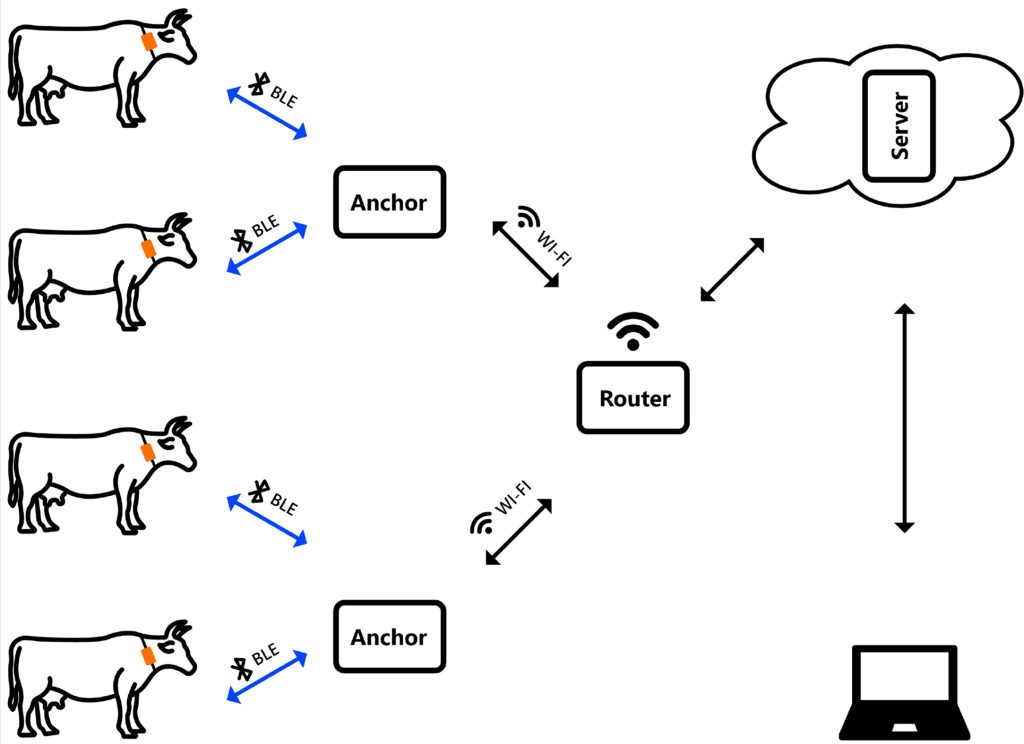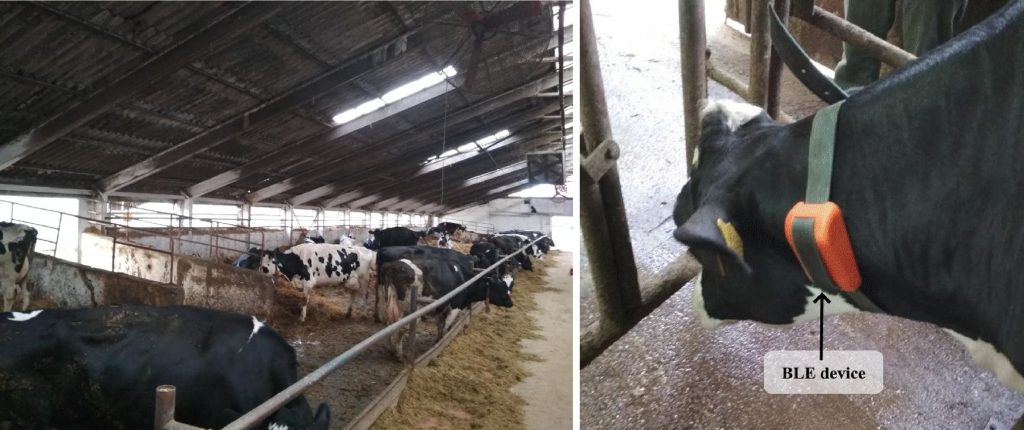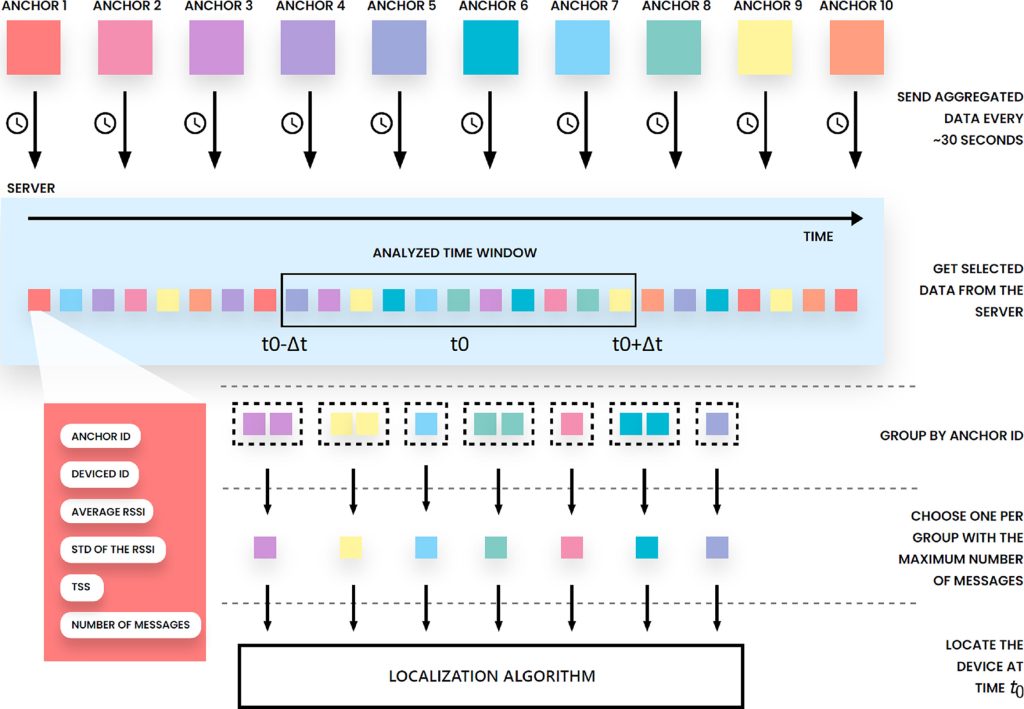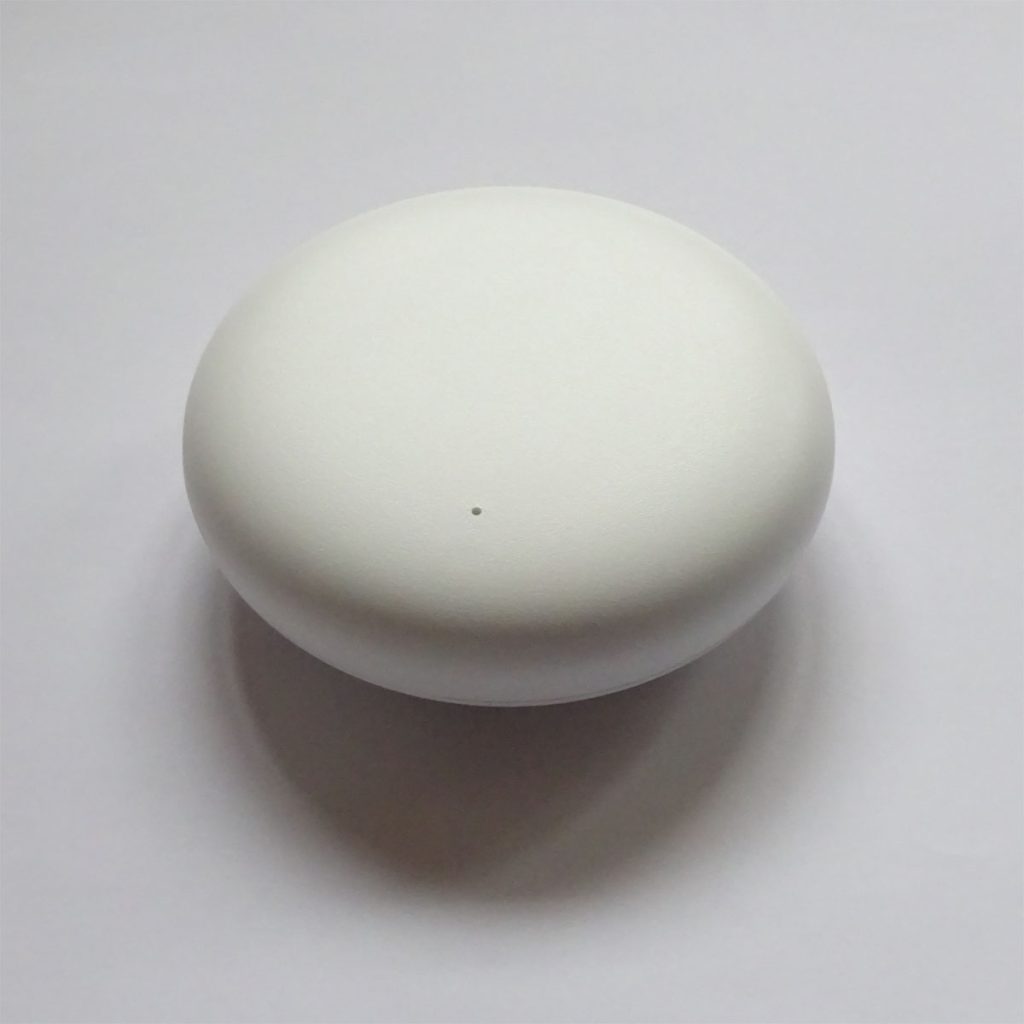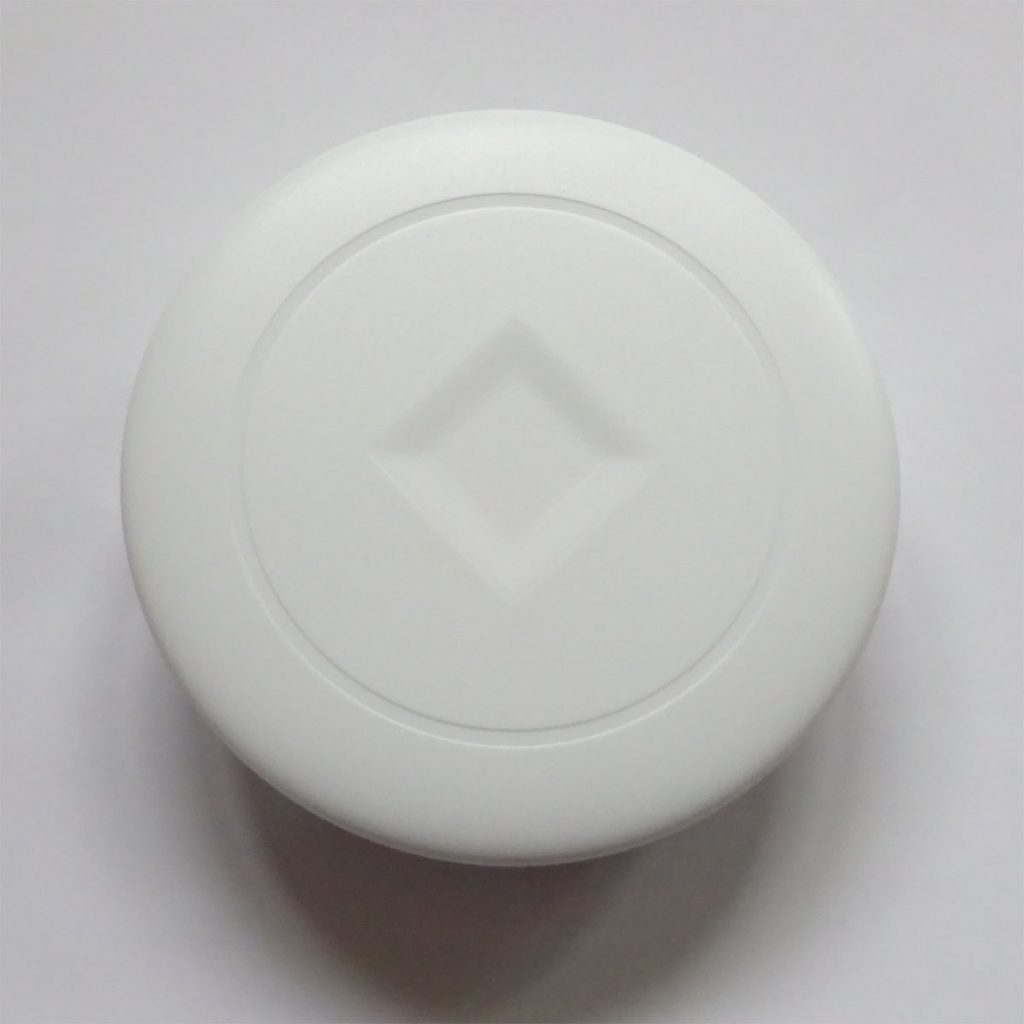A common concern that frequently surfaces is the beacon’s battery life. It’s often overlooked that the device’s settings play a crucial role in battery consumption.
The Influence of Advertising Period on Battery Life
One of the most critical settings that impact a beacon’s battery life is the advertising period, also known as the advertising interval. This setting determines how frequently the beacon broadcasts its signal. The principle here is straightforward: the more often a beacon transmits, the more battery power it consumes.
For optimal battery performance, it is suggested to set the advertising period to around 600 milliseconds when the use is detection by smartphones. This interval strikes a balance between battery efficiency and effective communication with smartphones in the vicinity.
However, if the beacon is primarily detected by a gateway rather than smartphones, consider setting the advertising interval to one second or more. Gateways are not powered by batteries so are are scanning more intensively and so don’t require as frequent broadcasting as mobile devices do.
Tailoring Beacon Advertising for Specific Needs
Bluetooth beacons can support various types of advertising protocols, such as iBeacon, Eddystone, and others. A common mistake is to have multiple protocols enabled simultaneously, which can unnecessarily drain the battery. To optimise battery usage, it’s essential to configure your beacon to only advertise the type of protocol(s) needed for your specific application.
Reducing Power Consumption Through Transmission Power Settings
Another aspect to consider is the transmission power setting of your beacon. This setting determines the strength of the signal emitted by the beacon. A higher transmission power means a stronger signal and a longer physical range, but it also leads to quicker battery drainage.
Evaluate your use case to determine if a lower transmission power would suffice. For instance, in smaller indoor spaces, a lower power setting can be more than adequate, significantly extending the battery life of your beacon.
Conclusion
In summary, the longevity of your Bluetooth beacon’s battery is not solely dependent on the hardware but is significantly influenced by the right configuration settings. By understanding and optimising these settings, you can greatly enhance your beacon’s battery life. Using these tips, in some circumstances, beacon battery life can be extended to 10+ years which is longer than the useful life of some projects.
